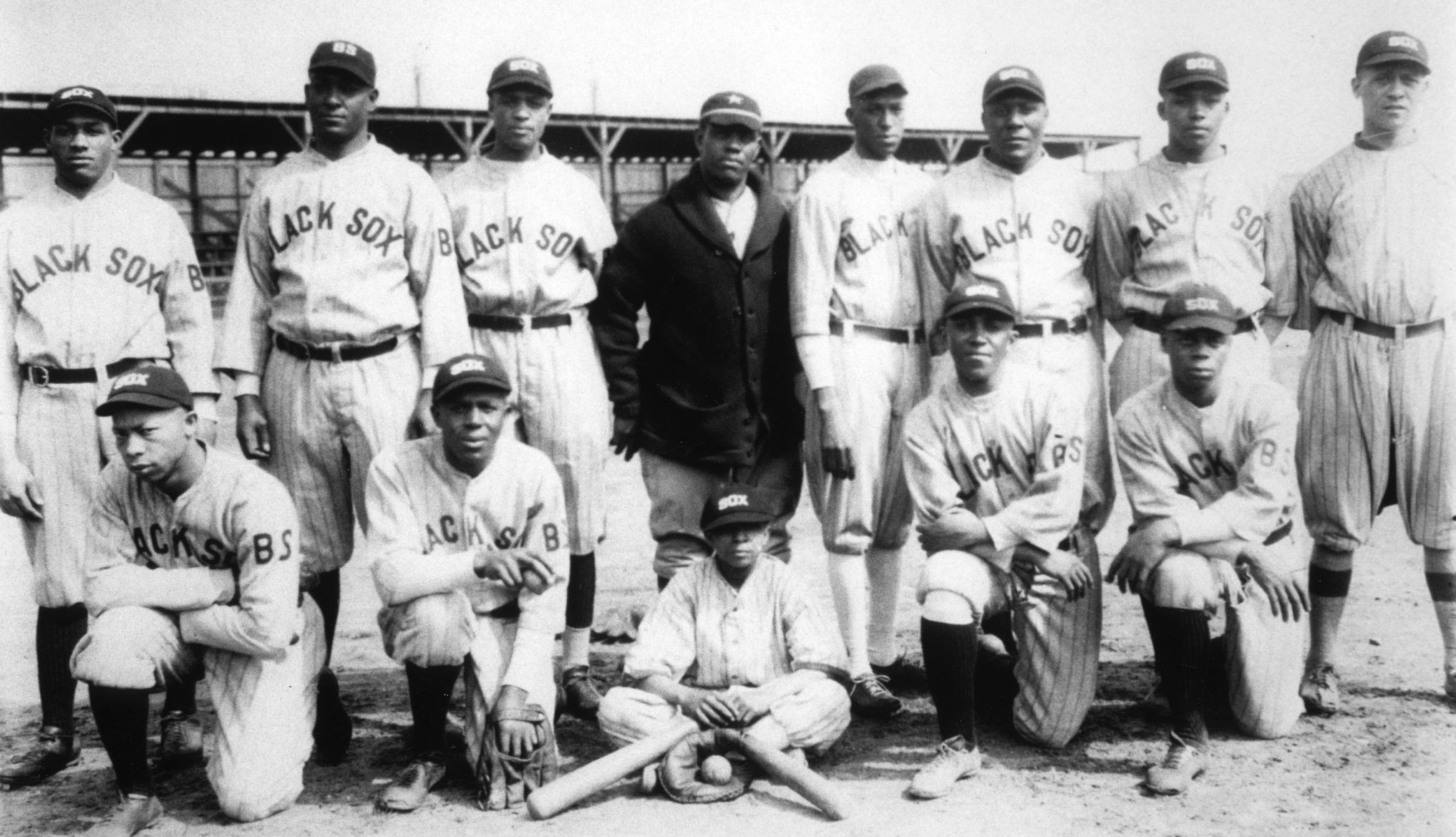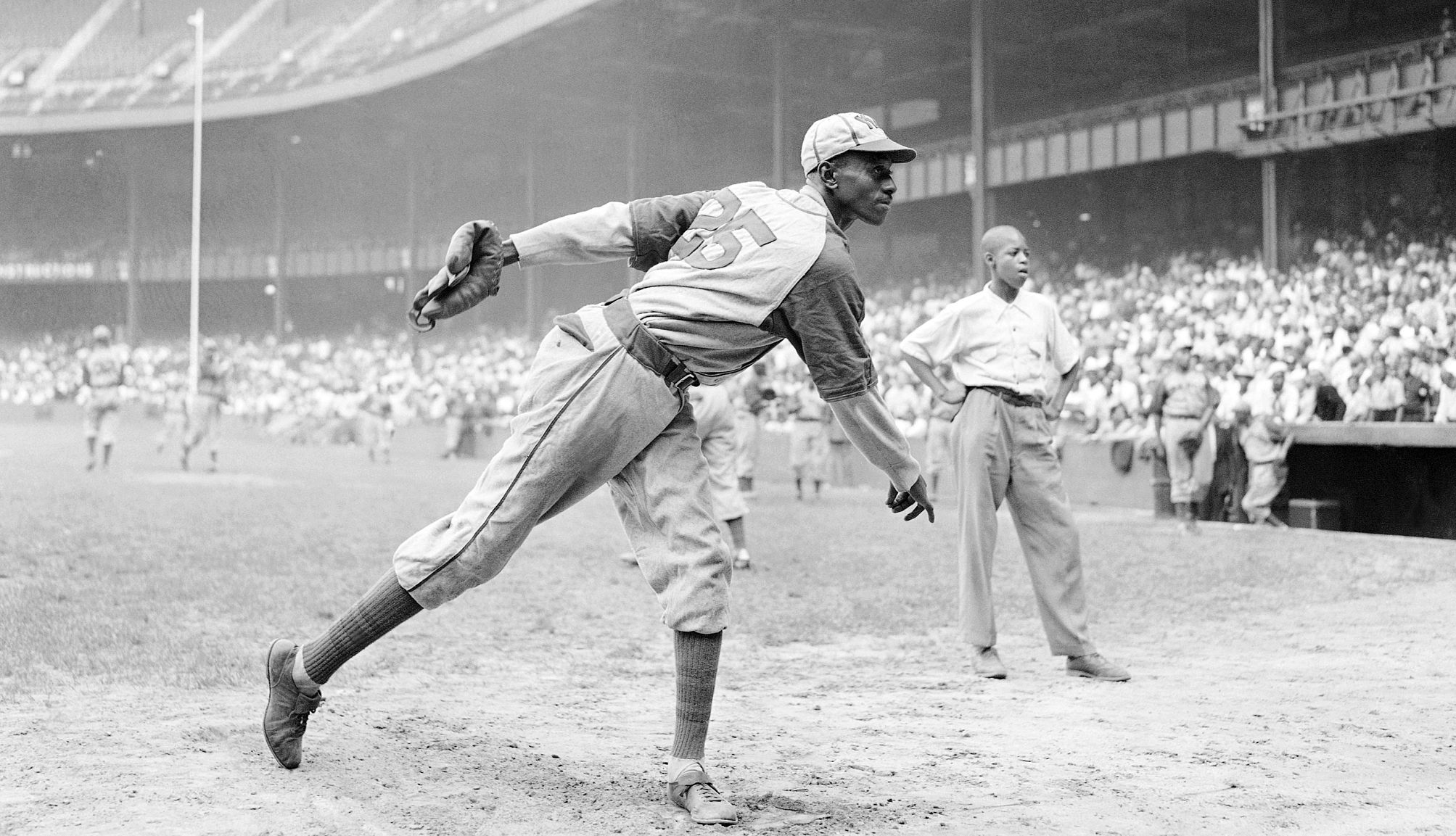AARP Hearing Center


Somewhere, iconic journalist Sam Lacy, who died in 2003 at 99, is watching his life’s work come to fruition as the Negro League baseball stars he wrote about are finally getting their day in the sun.
In 2020, Major League Baseball formally recognized several Negro Leagues, which existed between 1920 and 1948, as major leagues. Based on the independent Negro Leagues Statistical Review Committee’s recommendations, MLB took the final step on May 29 and added the Negro Leagues’ statistics to the official historical database.
It is a victory for Black ballplayers whose excellence has historically been overlooked and intentionally ignored. It is a victory for the fans who watched those games and rooted for their heroes on warm summer days when baseball offered a respite from Jim Crow and separate but unequal.
And it is a victory for Lacy, the driving force behind efforts to tear down segregation in baseball. I had the honor of working with him during my tenure as editor of the Baltimore Afro-American newspaper.
For years, Lacy attempted to get MLB Commissioner Kenesaw Mountain Landis to reverse the ban that prevented Black players from participating in the MLB. Landis ignored him. When Lacy became sports editor of the Afro, he continued his fight against segregation. Other Black papers followed his lead. After Landis died in 1944, Lacy reached out to Brooklyn Dodgers team president and general manager Branch Rickey. It was Rickey who signed Jackie Robinson to the Brooklyn Dodgers organization in 1945; Robinson joined the Dodgers in 1947.
The new baseball database includes the Negro Leagues clubs’ won-lost records and their players’ statistics. The stats are drawn from seven leagues: the first Negro National League (1920–1931), the Eastern Colored League (1923–1928), the American Negro League (1929), the East-West League (1932), the Negro Southern League (1932), the second Negro National League (1933–1948) and the Negro American League (1937–1948).
To pay tribute to the Negro Leagues, MLB has scheduled a regular season game between the St. Louis Cardinals and the San Francisco Giants on June 20 at Rickwood Field in Birmingham, Alabama. The stadium was once the home of the Birmingham Black Barons, who counted outfielder Willie Mays among its stars.
Mays, who died June 18 at 93, played 22 years in MLB, and recorded 3,283 hits in those 23 seasons. His 10 Negro League hits increase that total to 3,293, the 12th best in history. And Robinson’s career hits total rose from 1,518 to 1,567.
Other notable Negro League players who also played in MLB will see a boost in their stats.
Orestes “Minnie” Miñoso
Cuban star Orestes “Minnie” Miñoso’s total hits record climbs to more than 2,000, placing him among the elite in the sport. Miñoso is regarded as the Jackie Robinson of Latino players, according to Puerto Rican–born Hall of Famer Orlando Cepeda, who praised Miñoso in his 1998 autobiography.


Satchel Paige
Pitcher Satchel Paige’s record adds 97 Negro League wins to the 28 he earned in MLB with Cleveland, bringing his total to 125.
“There is no question that Satchel Paige was the greatest pitcher ever. If someone would say, ‘Name one fact that is beyond dispute,’ this would be it,” says George Walker, 88, a Hugoton, Kansas, native, who as a youngster saw the Kansas City Monarchs play. He just missed seeing Paige, as he had left for Cleveland. “We all knew who Paige was. Even the great pitcher Bob Feller would have said as much.”






































































More From AARP
Batter Up for Our Grand Slam of a Baseball Quiz
Test your knowledge of America’s favorite pastime
Take Me Out to the Ballgame
Baseball is so much more than 18 players and a big book of rulesPlay Ball! 7 Great Places for Baseball Fans to Retire
Consider these destinations for the love of the gameRecommended for You